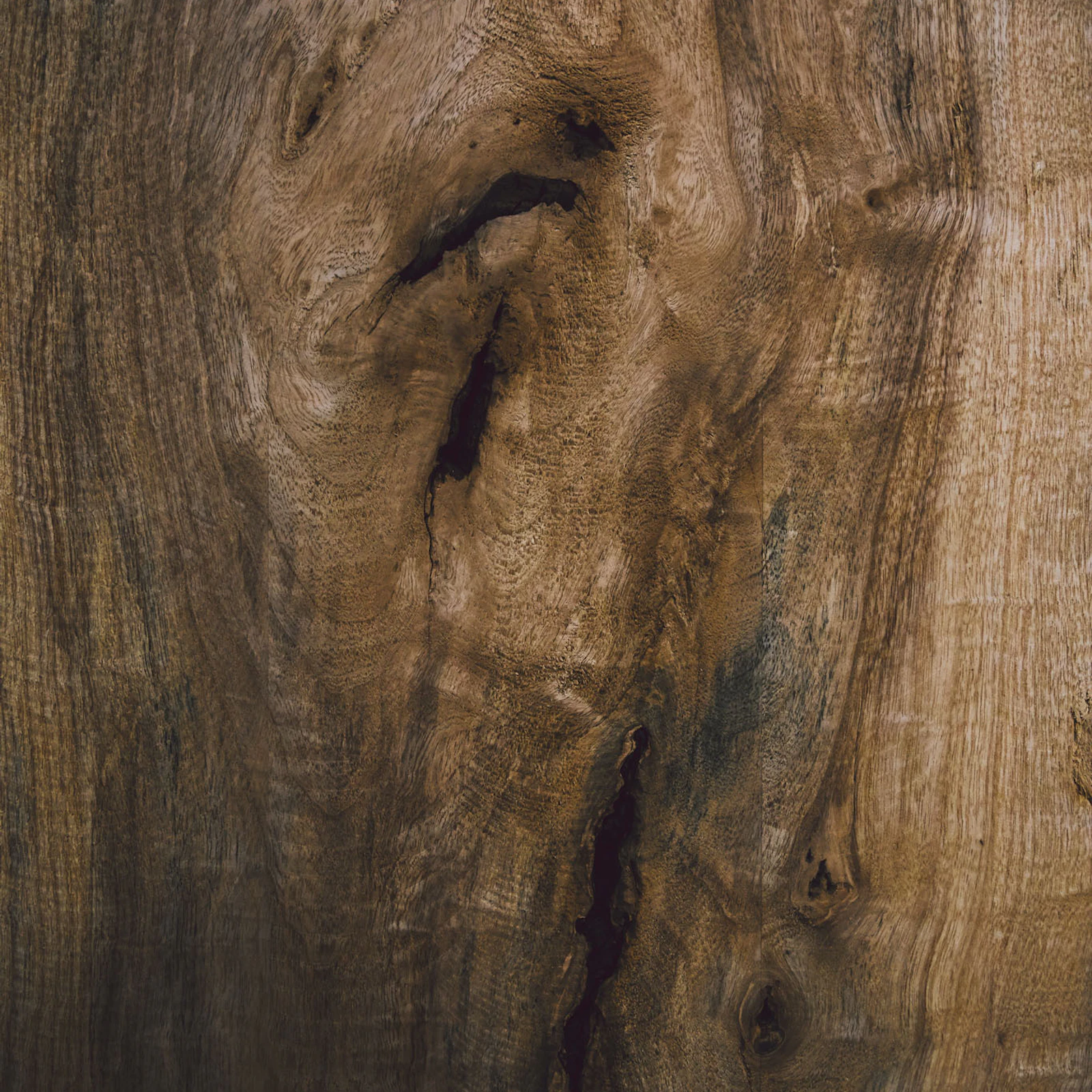From sailing across vast oceans to exploring cities worldwide, it's hard to find homes that embody the principles of modernism, minimalism, and functionality more than Scandinavian architecture. At Sustainable 9, we draw inspiration from this style to create homes that are both sustainable and stunning.
But Scandinavian design is more than just buzzwords like "minimalism" and "clean lines." In this article, we'll explore the history and design elements of Scandinavian homes and provide tips on how to decorate them.
Scandinavian design is a celebrated movement that has left its mark on a broad range of design fields, including architecture, interior design, and product design. Originating in the Nordic countries of Denmark, Finland, Iceland, Norway, and Sweden, this design movement is renowned for its blend of minimalism and functionality, providing a thoughtful approach to simple living.
The movement's legacy is tied to the work of visionary architects and designers like Arne Jacobsen, Alvar Aalto, and Olav Haug, whose iconic designs like the Egg Chair and PH lamp series continue to inspire new generations of designers. Today, Scandinavian design remains a popular trend, with young designers infusing fresh twists on the classic style while still paying homage to its legendary pioneers.
Scandinavian design is characterized by its functionality, simplicity, and craftsmanship. The use of natural materials, particularly pale woods such as ash and beech, wool and linen textiles, leather, and glass, is also a key aspect of Nordic style. While some designs feature traditional patterns or brighter color accents, most Scandinavian designs have an understated, minimalist appearance.
Here are the primary characteristics and key elements of Scandinavian design and architecture:
The use of natural materials and its understated minimalist appearance is not the only defining characteristics of Scandinavian design and architecture.
Scandinavian homes are known for their unique exterior design elements that blend seamlessly with the natural environment. One of the most prominent features of a Scandinavian home is the use of natural materials such as wood, stone, and brick for the exterior cladding. These materials are locally sourced and often left untreated, showcasing their natural beauty.
Additionally, Scandinavian homes typically have simple and innovative shapes that complement the surrounding landscape. Large windows, glass doors, and skylights are also common design elements that allow for maximum natural light and stunning views. The color palette of a Scandinavian home is often simple and muted, with whites, grays, and natural wood tones being the most popular choices.
Finally, eco-conscious construction practices are prioritized, with sustainable and environmentally friendly products being used in the construction process. All of these elements come together to create a beautiful and functional home that celebrates the natural world.
The interior of Scandinavian homes mirrors their exterior design with a focus on modernity, simplicity, and natural elements. These homes are designed to create a stress-free environment, which means that they are often decluttered with a minimalist approach. Straight and crisp lines are also common features of Scandinavian interior design.
Warm textiles, simple decorative accents, the combination of wood with metal finishes, the use of plants and fresh flowers, neutral colors, a clutter-free environment, limited window treatments, natural lighting, and a focus on form and functionality are some of the additional design elements that make Scandinavian homes unique.
Whether you're building a home from scratch or remodeling, incorporating some of the design elements that Scandinavian homes have mastered is an excellent idea. With functionality being a hot trend in the home industry, few do it better than these Northern European homes. Embracing Scandinavian architecture is an excellent choice that can help you create a timeless, functional, and beautiful living space.
In conclusion, Scandinavian architecture is more than just a trend; it's a lifestyle. By incorporating natural elements, maximizing natural light, keeping the designs simple, and emphasizing functionality and practicality, Scandinavian homes are a perfect example of how to seamlessly integrate design with nature.
Incorporating Nordic design elements into your home can transform it into a haven of minimalist elegance, natural warmth, and functionality. These design principles are more than just trends; they are a reflection of a lifestyle that values harmony with nature and a stress-free environment. With the use of natural materials, ample natural light, neutral colors, and clean lines, Scandinavian architecture offers a timeless, sustainable, and beautiful living space.
By drawing inspiration from the history and design elements of Scandinavian homes, you can create a space that not only looks great but also promotes well-being and sustainability. Looking to build? Design and build your Scandinavian dream home with Sustainable 9.
